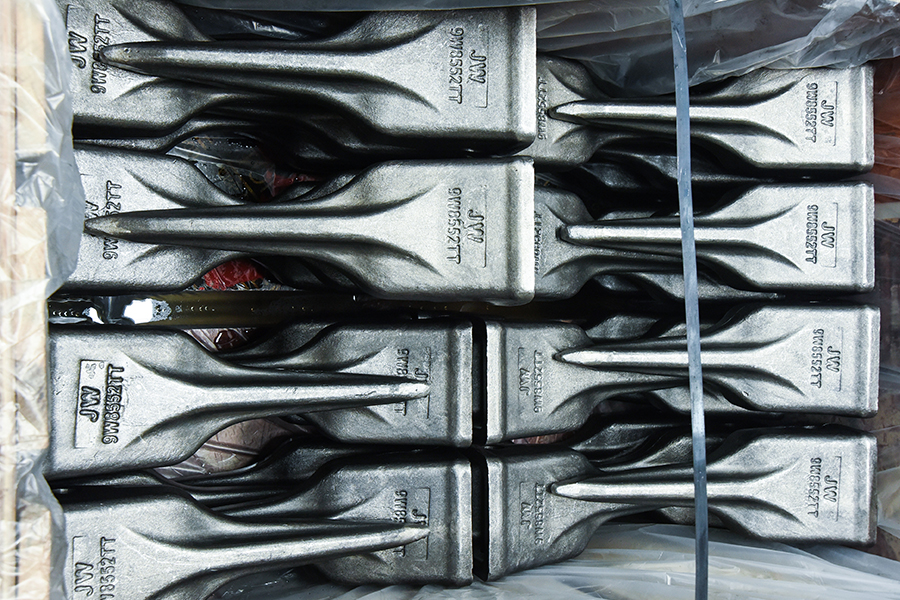Bucket teeth are deceptively simple, yet they have a significant impact on your excavator or backhoe's digging and loading capabilities. Also known as ground engaging tools (GET), bucket teeth are one of the most important metal components that interact with job site material. They must withstand wear, abrasion and penetration in order to do their critical work of moving dirt and debris on job sites.
There are a lot of factors that go into determining how long your bucket teeth last, from the steel they're made out of to their shape and design. However, there are some basic things that you can do to extend the life of your bucket teeth.
First, if you're using forged bucket teeth, make sure to have them properly heat treated and tempered before use. This will improve their resistance to impact and wear, resulting in increased longevity.
It's also crucial to ensure that your bucket is positioned with its adaptors parallel to the ground so that they can be easily serviced without having to put yourself in an unsafe position or getting underneath the bucket. Then, you'll want to regularly inspect your bucket and its accessories, such as the adaptors and bucket teeth, for any signs of damage or excessive wear. This daily inspection will allow you to identify issues sooner, so that you can address them before they become a larger problem. Lastly, if you have a bolt-on bucket edge, be sure to rotate them often. This will give you twice as many usable edges before they need to be replaced.


 View More
View More
 View More
View More
 View More
View More
 View More
View More
 View More
View More
 View More
View More
 View More
View More
 View More
View More
 View More
View More
 View More
View More
 View More
View More
 View More
View More